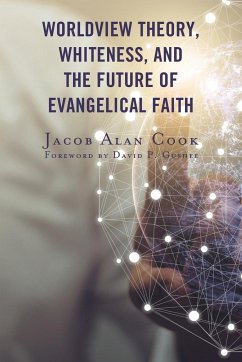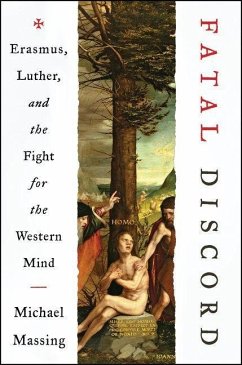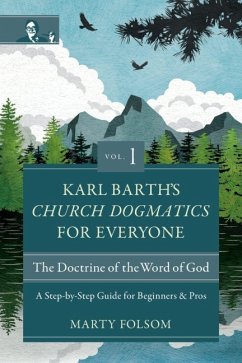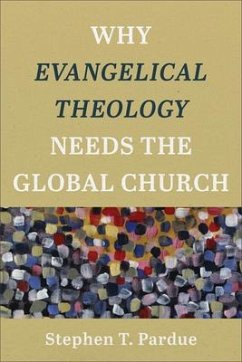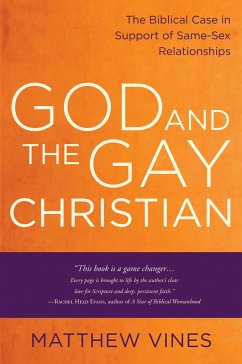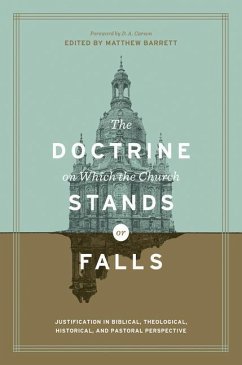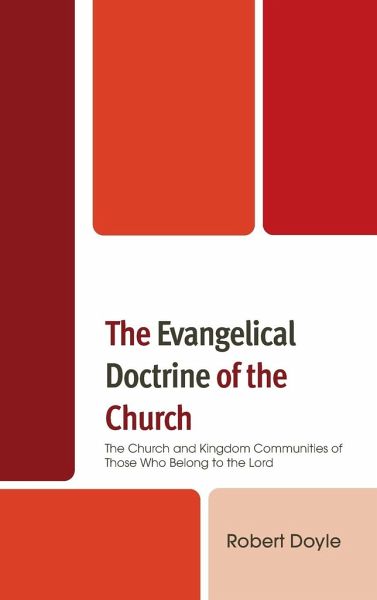
Evangelical Doctrine of the Church
The Church and Kingdom Communities of Those Who Belong to the Lord
Versandkostenfrei!
Versandfertig in 1-2 Wochen
121,99 €
inkl. MwSt.
Weitere Ausgaben:

PAYBACK Punkte
61 °P sammeln!
In this book, Robert Doyle provides a disciplined introduction to ecclesiology using descriptive criticism of biblical themes and careful analysis of the history of interpretation.





